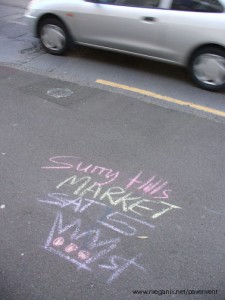(Warning: Another vocabulary lesson coming up)
I am always interested in finding instances where someone has overwritten or commandeered a previous pavement inscription. A week or so ago I found two quite different examples not far from each other near Sydney’s Broadway.
The first involved a large hairy spider. An infestation of these stencils appeared on the footpaths in the Newtown-Chippendale area some time last year. But the example I came across recently in City Road has since been appropriated by both Mr Kat and Geko.
Across the way, a chalker with something to say seems to have taken over the corner outside the Broadway Shopping Centre, writing long messages then covering them over with new ones. On the day when I took my photograph the most legible message was ‘Does the cold make street people invisible’.
The chalker’s activities bring to mind the idea of a ‘palimpsest’. A palimpsest is a page of a manuscript which has been re-used after the original text has been incompletely erased.  Because of the costliness and scarcity of writing materials, in former times manuscripts made of parchment, papyrus or vellum would be overwritten. The word comes to us, via Latin, from an Ancient Greek term meaning ‘scratched or scraped again’.
Perhaps everyone knows what ‘palimpsest’ means these days, but I did not encounter the word at all in my younger years. I am still uncomfortable with it. It does not roll lightly off the tongue, and using it in written text seems pretentious. Having said that, here I go. Despite my optimism about nearly finishing my ‘Pavement graffiti’ thesis (see my former blog about the light at the end of the tunnel), I have since been advised that I should re-write the whole thing in order to give it more cohesion. In his memoir titled ‘Palimpsest’ the late great Gore Vidal described his technique of palimpsest as involving “erasing some but not all of the original while writing something new over the first layer of textâ€. I think that’s what I’ll be doing with the thesis. The result, however, will just possibly fall short of the literary standard set by Gore Vidal.
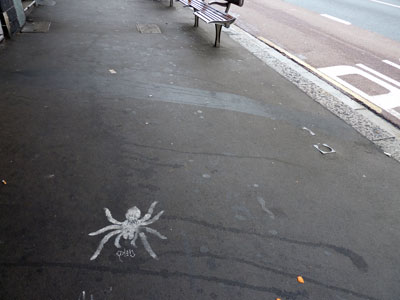



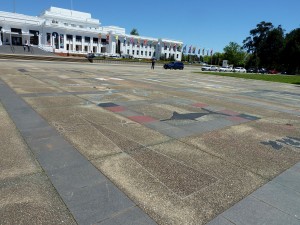
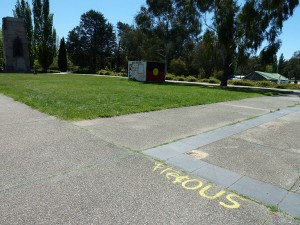
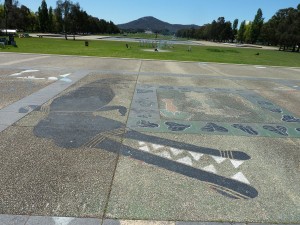

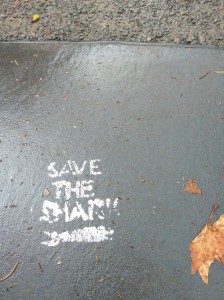
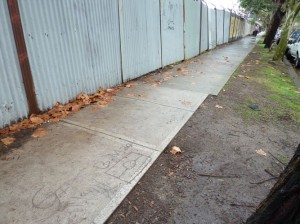

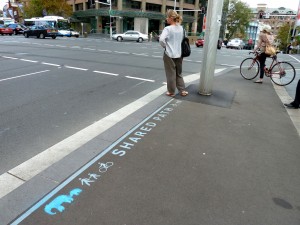

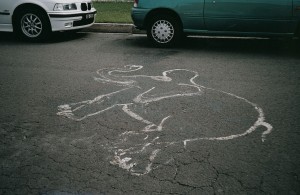
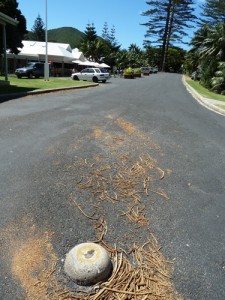

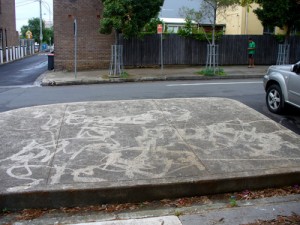

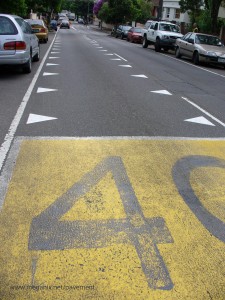
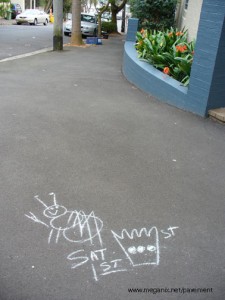 I figured this sign was not meant for me. Some private joke or invitation, but still I was intrigued. Sat 1st? Yes, I got that – the previous Saturday was August 1st. Queen Street? King Street? Crown Street? No streets of that name anywhere near this spot, the corner of Ross and Hereford Streets, Forest Lodge (Glebe). And as for the upbeat insect? Â No idea.
I figured this sign was not meant for me. Some private joke or invitation, but still I was intrigued. Sat 1st? Yes, I got that – the previous Saturday was August 1st. Queen Street? King Street? Crown Street? No streets of that name anywhere near this spot, the corner of Ross and Hereford Streets, Forest Lodge (Glebe). And as for the upbeat insect? Â No idea.